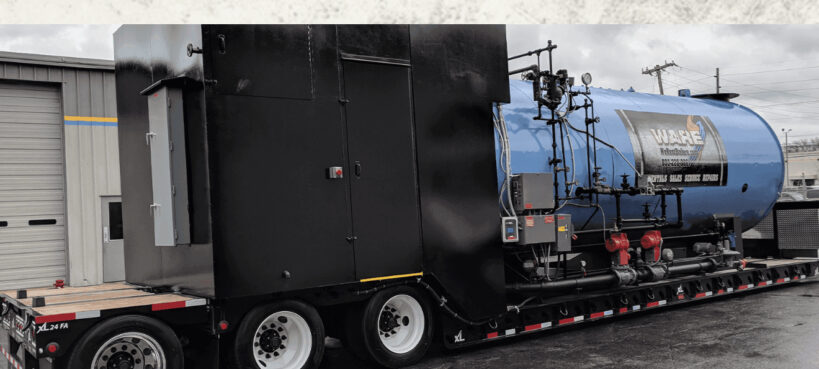
Firetube or Watertube Boilers: Which Is Right for You?
Operating pressure, steam output, load fluctuations, application requirements, and total cost of ownership must be considered when choosing a steam boiler. Firetube or watertube boilers are usually the main options. Each design has strengths and fits specific operational needs.
Key Design and Function Differences
Firetube boilers circulate hot combustion gases through water-surrounded tubes in a large vessel. This design is simple and reliable for steady, lower-pressure applications because heat transfer efficiently creates steam.
Watertube boilers use combustion gases to heat water tubes. High-pressure and high-temperature boilers are ideal for demanding industrial processes and large-scale applications.
Benefits Of Each Type
The Firetube Boiler
- Compact and ideal for facilities with limited space.
- Simple Maintenance: Easy cleaning and repairs.
- Cost-effective: Lower startup and ownership costs.
- Reliable pressure surge management.
- Operating simplicity: Easy setup and operation.
Watertube Boilers
- Higher Performance: Produces superheated steam at higher pressures.
- Safety and Dependability: Less water under pressure reduces catastrophic failure.
- Precision: Manages rapid demand and load changes.
- High-speed heat recovery for continuous operation.
- Flexibility: Improves turndown ratios and industrial adaptability.
The Best Boiler For Your Needs?
The best boiler depends on your operational goals:
Firetube boilers are compact, cost-effective, and suitable for moderate pressures and steady loads.
Watertube boilers are better for high pressures, precise load management, and superheated steam.
Need to Know More?
For tailored guidance on firetube or watertube boilers, connect with our team at Boileroperators.org. We’re here to help you find the optimal solution for your steam generation needs.
